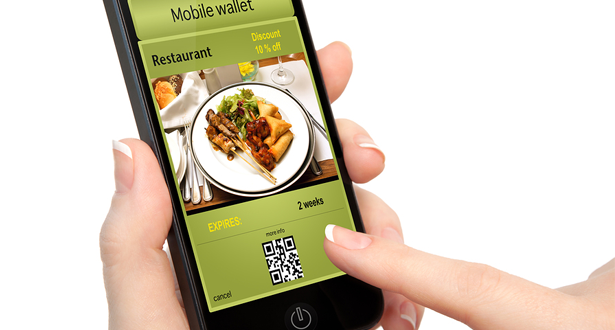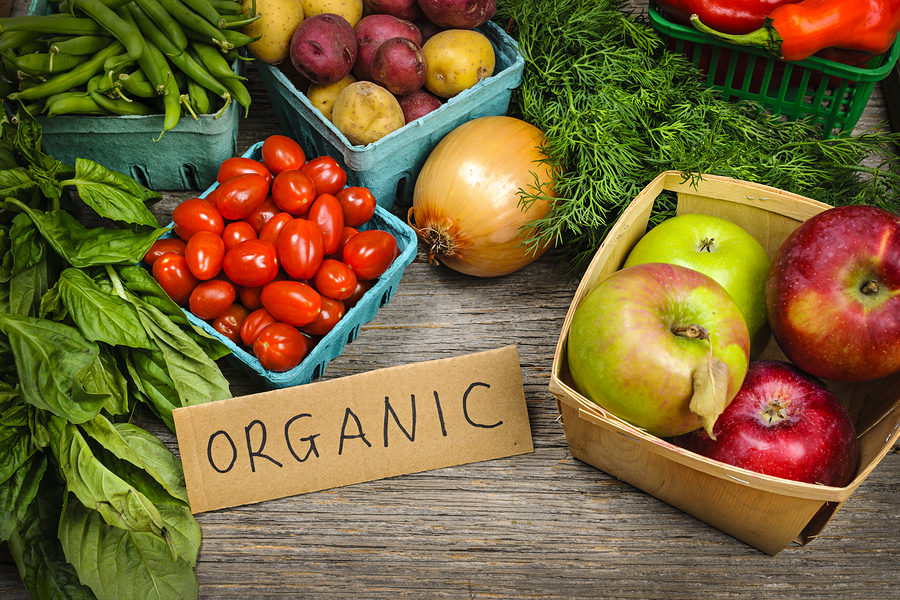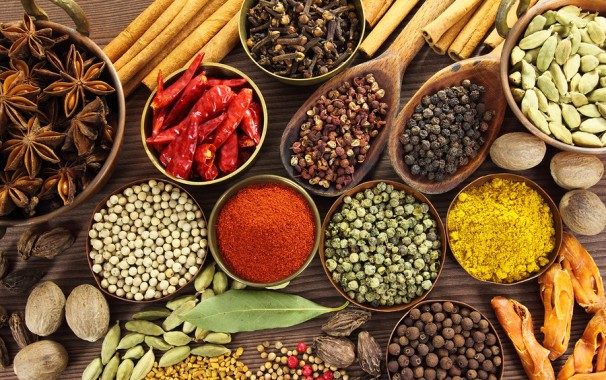3 Sustainability Tips for Restaurant and Hotel Operators
With sustainability becoming increasingly important in today’s society, restaurant and hotel operators are searching for ways to go greener. Because restaurants are in the business of creating and delivering food to customers, they have a greater opportunity to become sustainable through the ingredients in their meals and the technology that is used to prepare that food. To begin towards a more sustainable establishment, restaurants and hotels can include more local vendors in their purchasing plan, limit the amount of waste that is discarded, and adopt eco-friendly technology solutions.
Operators can take steps towards becoming more sustainable with the following tips for hotel and restaurant owners:
1. Review your restaurant or hotel purchasing program for local vendor options
Restaurants go through a ton of food and produce daily, and it can be tempting to obtain your food products from as affordable a source as possible. However, you can create a more sustainable restaurant by purchasing the bulk of your ingredients from local farmers and suppliers. By doing so, you are supporting your local economy and making sure that crops and other goods in your area are being used rather than being wasted. Plus, by purchasing your ingredients locally, you are ensuring the freshness of your food as well as reducing the time, energy and money required to transport them to your restaurant. If you’d like, may could even grow some of your own ingredients – start your own herb or vegetable garden to supply yourself with some of the ingredients used in your recipes.
2. Be aware of your waste – from smarter inventory management to a better plan for disposal
At the end of the day at your business, you always end up with a lot of waste, whether its food leftover by customers, garbage from everyday use, or extra food from over preparation or inventory that is at or beyond expiration. Rather than simply tossing out waste in garbage bags, you can improve your waste-management program efficiency by doing research and making strategic decisions on where the extra food and waste should go. Consider composting kitchen and produce waste so that you end up with rich fertilizer for soil that you could use in your own vegetable and herd garden. You should also be sure to always recycle all appropriate glass, aluminum, paper, cardboard and items. After doing this, you will certainly still be left with garbage at the end of the day that should be taken to the dump, but you have reduced how much waste is being put into the ground. Local food banks may have donation guidelines, so check with your local food bank organization for any additional guidelines, and any limits on their capacity to accept raw agricultural products, especially those which may require refrigeration. To find a food bank donation center near you, check with the U.S. Department of Housing and Urban Development, or read here how a Red Lobster in Whitehall, PA uses Food Donation Connection, in partnership with National Restaurant Association, to help figure out the do’s and don’ts of donating restaurant leftovers.
3. Use eco-friendly products
Many products that are used in restaurants contain harsh chemicals, particularly for cleaning up. Rather than using these chemicals, opt for products that are more environmentally safe, like all natural or organic cleaning products. These will properly clean your establishment without adding more toxic chemicals to the earth. Aside from cleaning, there are many other areas in your restaurant that can benefit from the use of eco-friendly items. Strategic sourcing of products and appliances that actually help reduce energy and water costs may prove to be beneficial for your establishment. For example, you could use recycled paper for your menus and napkins and compact fluorescent light bulbs in your light fixtures. You can even really go green by ditching all print advertising and embracing the idea of social media marketing for your advertising campaigns.
These are only a few examples of green practices in hotels and restaurants. What steps have you taken to improve sustainability at your restaurant? Source1 Purchasing provides you with the latest tips, trends, and news of the food and beverage industry to ensure your business is running as efficiently as possible.


















